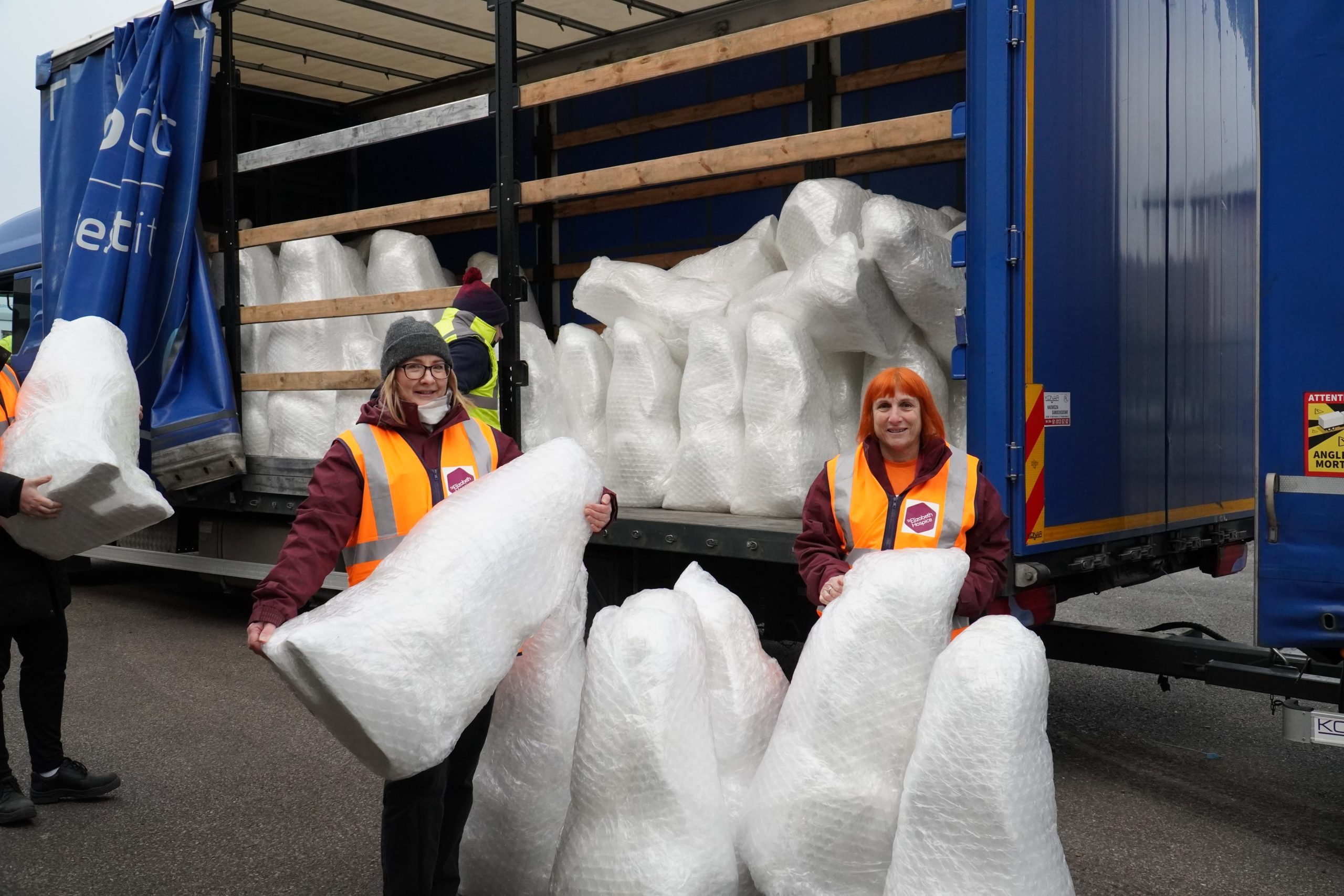If your business buys goods from abroad and imports them, then the next customs audit target could be you. There are different types of customs audits, different triggers for an audit, and different focuses during an audit. This article aims to demystify customs audits to help businesses stay ahead of the game.
Why are customs audits conducted?
Customs compliance audits are conducted post-clearance. That is, after the goods have been customs cleared, with customs duty and import VAT paid. In other words, the importer’s responsibility does not end when the goods are customs cleared. Using a customs broker to complete customs declarations does not remove this responsibility.
To facilitate trade, it is not feasible to check all imports at the border to verify whether the correct amount of customs duties and import VAT are paid. Thus, customs authorities conduct post-clearance audits to check if the import was made in a compliant manner. Customs authorities have the power to review historic imports. In the UK, the time limit is normally three years.
Another important reason why customs audits are carried is to train new customs officers. Brexit turned shipments between the UK and the EU into imports/exports overnight. This has resulted in a need for more customs officers to manage the increased customs activities in both the UK and the EU. The overall number of customs audits may increase as more and more customs officers enter that phase of their training.
What triggers an audit?
Whilst businesses could be the target of a customs audit through random selection, in most cases, an audit is more likely triggered by something of interest to the customs authority. This could be based on a risk theme set by the customs authorities, such as imports with a certain commodity code or imports claiming customs reliefs. It could also be inconsistencies on the customs declaration, for example, a mismatch between the description of the goods and the commodity code.
Remember, customs authorities have access to data you declared to them on the import declaration. Using data interrogation tools as simple as an Excel formula, it is possible to identify inconsistencies or areas of potential non-compliance worthy of a customs audit.
Although it is not possible to anticipate which themes customs authorities will focus on next, it is possible to conduct post-clearance checks based on the range of themes already known, such as valuation, classification and origin.
Which areas will the customs audit focus on?
There are broadly two areas that interest the customs authority in an audit. Their main interest is to collect any customs duty underpayments. Note that they can also issue penalties, which are separate to the customs duty underpayments.
The other area of interest to the customs authority is how committed the business is to making sure their customs activities are carried out compliantly. Businesses will be asked to demonstrate robust processes and controls over their customs activities. After all, customs duty is another tax, as with corporation tax and VAT, businesses have an obligation to pay the right amount at the right time.
A customs audit can also help businesses to improve their customs compliance. It offers a chance for a dialogue between the customs authority and the business. As such, businesses should make use of the opportunity to clarify any unclear customs queries to get certainty.
To help business prepare, here is a non-exhaustive list of good practice:
– Put appropriate written procedures in place to manage customs activities.
– Know what you import. Information is key so make sure the business is meeting its document retention obligations and reviewing the information regularly.
– Work closely with your customs representative to rectify any mistakes identified. It is an option to voluntarily declare mistakes resulting in significant customs underpayments to customs authorities, which could also reduce the potential penalties.
– If selected, attend an audit prepared. A seemingly small audit can quickly expand to cover more historic imports, so seek support early on to prevent the audit from spinning out of control.
– Conduct routine customs health checks on your business’ customs activities. If there is no internal audit team, involve a third party for an objective check.
Remember, a mock customs audit does not have to be a negative exercise. Engaging with a third party to conduct an internal audit on your own terms is also a good opportunity to identify customs duty over-payments.
A good advisor will not only identify inefficiencies but should be able to provide guidance on how you could recover these costs and make recommendations on how to avoid them in the future.





